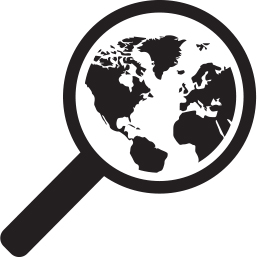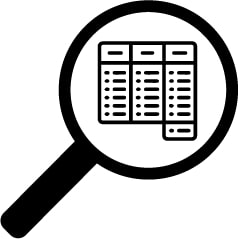The advance-and-retreat cycle of snow cover drastically changes the whiteness and brightness of Earth. Using two maps created using NASA satellite data for 2017, students review the seasonal differences of snow and ice extent and answer questions on their observations.
Educational Resources - Search Tool
GLOBE protocols and learning activities that complement the Changes in Snow and Ice Extent phenomenon through hands-on investigations are detailed.
Students explore the spatial patterns observed in meteorological data and learn how this information is used to predict weather and understand climate behavior.
How much do you know about the frozen poles of our home planet?
This series of videos highlights how NASA Climate Scientists use mathematics to solve everyday problems. These educational videos to illustrate how math is used in satellite data analysis.
Teachers, are you looking for resources to help you engage students in data analysis related to changes in the cryosphere using albedo values? Check out these images.
This mini lesson helps students visualize how the Hydrosphere and Cryosphere interact to produce changes in land and sea ice.
Students are divided into three different groups and are assigned a category of drivers of change in regional trends of freshwater storage (Climate Change, Human Activity, and Natural Variability).
In this activity, students will learn about sea ice and land ice. They will observe ice melting on a solid surface near a body of water and ice melting in a body of water.
The Cryosphere refers to any place on Earth where water is in its solid form, where low temperatures freeze water and turn it into ice. The frozen water can be in the form of solid ice or snow and occurs in many places around the Earth. People often think of the polar regions of our planet as the main home of the Cyrosphere; the North Pole in the Arctic, as well as the South Pole in the Antarctic. The cryosphere exists in the polar regions, but is also found wherever snow, sea ice, glaciers, permafrost, ice sheets, and icebergs exists. In these places, surface temperatures remain below freezing for a portion of each year.




 Grade Band
Grade Band
